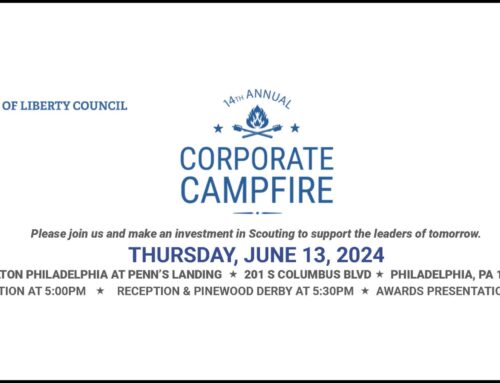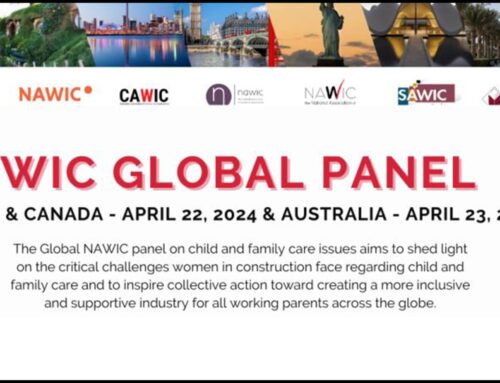While women make up 47% of the workforce in the US, women only make up 9.9% of the workforce in the construction industry. Many of the barriers to the industry faced by women, and particularly women of color, are cultural. They may not be encouraged to pursue careers in construction, or the workplace—including their colleagues—could be hostile towards them.
Hostility can be hidden, masked behind concepts that are accepted as truths. One such concept is the “imposter syndrome.” A recent Harvard Business Review article looks at how the “imposter syndrome” ultimately puts the burden of changing attitudes towards women on women themselves, rather than question how our workplaces could stifle or discourage diverse ideas and people.
Stop labeling women as having “Imposter Syndrome.” They are not “imposters.” The term itself suggests that women must somehow earn their way into a “man’s” industry, that they do not belong in the industry.
If women express doubt, identify the causes. Consider how these causes—often workplace culture and colleagues’ biases—may need to change. For example, we could be rewarding confidence over competence: Men willing to speak up with mediocre ideas have historically been rewarded over women who have great ideas, but who do not speak up as quickly (which gets interpreted as lacking confidence). Even when women—particularly women of color—speak up, they are sometimes punished for allegedly threatening a team’s cohesion.
From the Harvard Business Review:
“Imposter syndrome,” or doubting your abilities and feeling like a fraud at work, is a diagnosis often given to women. But the fact that it’s considered a diagnosis at all is problematic. The concept, whose development in the ‘70s excluded the effects of systemic racism, classism, xenophobia, and other biases, took a fairly universal feeling of discomfort, second-guessing, and mild anxiety in the workplace and pathologized it, especially for women. The answer to overcoming imposter syndrome is not to fix individuals, but to create an environment that fosters a number of different leadership styles and where diversity of racial, ethnic, and gender identities is viewed as just as professional as the current model.





